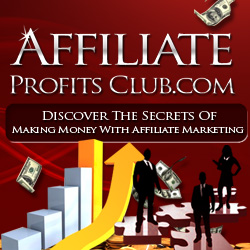
As an affiliate, your job is to connect buyers and sellers. You’re a middleman. That means you have the power to decide where you send the visitor when they click on your links.
When you’re out on the social networking sites like Twitter, Facebook, Google Plus or Pinterest, you will be linking the readers to a specific landing page. The landing page is the initial place your traffic goes to – and there are different strategies involved in courting them to a sale.
The first place you can send someone is directly to the product. You can grab an affiliate link to your favorite product, go directly onto Google Plus or Facebook, and write a short review with your thoughts. You can do it in a shorter sense on Twitter. With Pinterest, you could write a blurb that gets them to click through.
But this strategy isn’t something you can build a long-term business on. It offers some benefits, but nothing that allows you to comprehensive conversions over time. For that, you’ll want to send them to your blog or squeeze page.
A blog landing page allows you to really go into depth with a review that exhaustively answers all questions or doubts that the person may have. It puts them in your environment, where they’re also exposed to other posts and ads you have on your site.
A squeeze page doesn’t give you as much opportunity to convert the visitor into a sale right at that specific moment in time, but it does give you the ability to court the customer for weeks and months (if not years) afterward.
An even better combination is to use an opt in form on your blog, so that you have the ability to give your comprehensive review and collect the contact information of your visitors.
Of course the key to your online success is always testing and tracking. You want to see which of these landing pages delivers better results for you and then ramp up those efforts.
Then, once you find the one(s) that have the best returns for you traffic-wise, you want to take those pages and split test them to see if you can boost conversions by tweaking small elements to the page.
That might include colors, headlines, order buttons, text versus graphic links, and more. There are tools you can get to actually track it for you and rotate the pages for you automatically.

